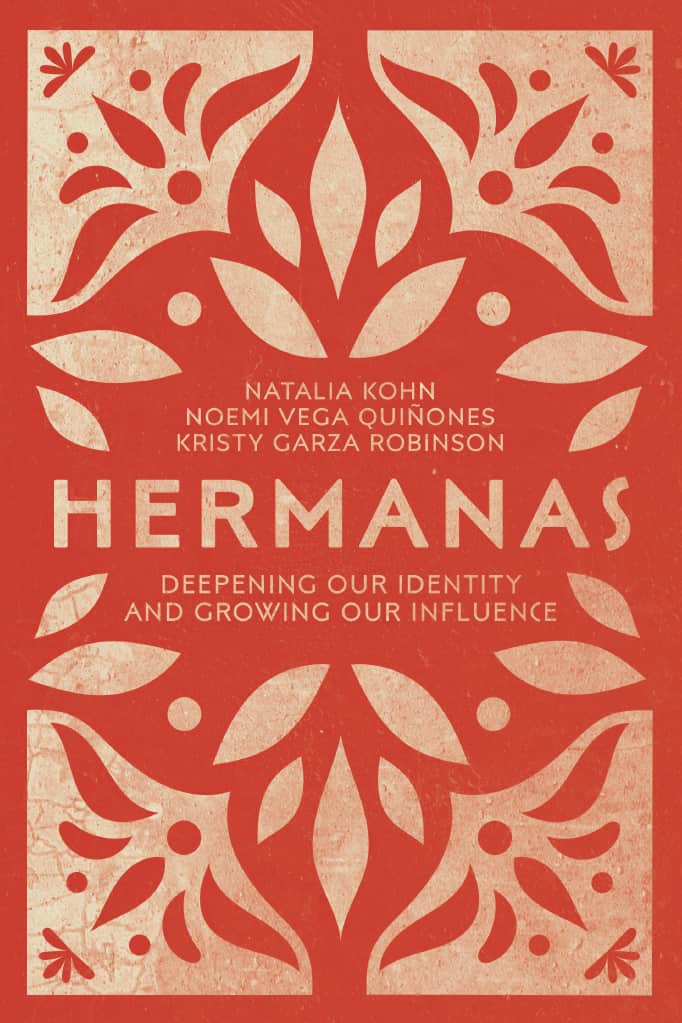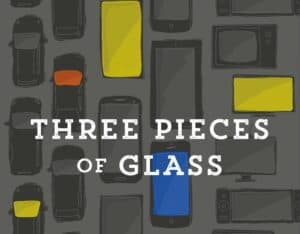
Originally published January 15, 2019
Esther was a Jewish woman being raised by a cousin named Mordecai. The Jews were an ethnic minority community displaced and dispersed all over the provinces of King Xerxes of Persia. The story opens with a picture of what life was like for a queen who was at the whim of a narcissistic king. In a tragic turn of events, Queen Vashti rightfully refused to be paraded in front of a crowd of likely drunk men for the pleasure of the king. As a result, King Xerxes banned her from the kingdom and later sought to replace her with another. She may have been the queen of Persia, but she was still only a woman seen as dispensable and replaceable in a patriarchal society. While it was an unjust ending to Queen Vashti’s reign, it was her act of defiance that opened the door for Esther to step into the king’s palace.
Initially, Mordecai told Esther to keep her ethnicity a secret from others, which leads one to believe Esther was able to assimilate well into Persian culture. She was a mestiza, a bicultural woman holding on to two cultural worlds. She fit in with the dominant culture of the time, and the Lord granted her favor in a situation that was challenging and oppressive in many ways.
While I struggled with using my voice when the majority culture community spoke poorly of my ethnic group, this was also a sign that I had assimilated to the dominant culture around me. As a mestiza, bicultural woman having my feet planted in two different cultural worlds, I too knew how to fit in within majority culture while being raised in a Mexican American family. Much like Esther, people didn’t immediately know I was part of a minority community. If I didn’t volunteer the information, my light skin and poor Spanish skills left people making assumptions about my identity and what life was like for me.
Whenever I went to Mexico to visit relatives, I was known as a foreigner who didn’t belong. Yet back in America I knew I didn’t quite fit either.
To my Latino family, my fair complexion and lack of fluency in the language of my roots made me an outsider. Whenever I went to Mexico to visit relatives, I was known as a foreigner who didn’t belong. Yet back in America I knew I didn’t quite fit either, even if on the surface I appeared to be at home among the dominant culture of the United States. While both spaces felt comfortable to me and both were part of me, neither felt like home. It can be challenging to live in this liminal space, but like Esther, I found it opened doors for me, as well.
As a new Christian in a majority white faith community, people would often ask me, “So, what are you? Are you Mexican? Are you white? Are you both?” By all visible markers, I appeared to be just like them, yet they knew my surname was different. In their struggle to place me, they would ask me to answer these awkward questions. The answer, however, wasn’t complex at all. The answer was yes, I simply was Latina. My parents were both Latino.
It was, however, from my maternal lineage that I was likely given the color of my skin. Once as an adult, I asked my mother why she was much lighter than her siblings. She said that her mother used to tell her she came out so much lighter than her other children because when pregnant with my mom she had swallowed too much Epsom salt. While this sounded innocuous and like an old wives’ tale, it was devastating to find out that this was actually the method poor Latina women were told would allow them to abort an unwanted child. Because of stories like these, my mother didn’t know much about her own heritage except that my grandparents never learned to speak English, and they all worked on a farm owned by a white family. While there was much my mom spoke of fondly about her own childhood, I knew there were dark corners she held close to her heart. I never asked again about the color of my skin.
While there was much my mom spoke of fondly about her own childhood, I knew there were dark corners she held close to her heart. I never asked again about the color of my skin.
What my mom experienced in this painful story was a terrible sin committed against her. It was the sin of communicating that she wasn’t valuable or wanted, which was ultimately a marring of the image of God in her from such a young age. The story of Esther, too, is a story of brokenness and sin that surrounded her. She lived in a society that spoke of women as less than and replaceable. But God, even in the midst of unjust realities, still opened up doors for her.
So despite the story behind my light complexion being laced with brokenness, it was also still a part of me. But when white friends would ask their curious questions, I would answer with ambiguity and change the subject quickly, eager to hide that I was in fact quite different from them in many ways. I, much like Esther, wanted to keep it a secret.
Natalia Kohn Rivera is special projects coordinator for InterVarsity’s LaFe ministry and campus staff in southern California and also serves on staff at the Pasadena International House of Prayer, where she trains people in prayer and worship and leads teams on trips to the Middle East. She was born in Argentina and grew up in the United States as a biracial Latina.
Noemi Vega Quiñones leads as the South Texas area ministry director for InterVarsity Christian Fellowship. She moved with her family from Mexico to the United States when she was five and grew up in the central coast of California. She has been an adjunct professor at Fresno Pacific University Biblical Seminary and has written for The Well and The High Calling.
Kristy Garza Robinson, a third-generation Mexican American from South Texas, is cofounder of 58, a ministry created to help resource the church and other organizations that desire systemic and racial justice. She previously worked in campus ministry with Cru’s Destino and InterVarsity’s LaFe. This exceprt is taken from Hermanas: Deepening Our Identity and Growing Our Influence and used by permission of InterVarsity Press.


